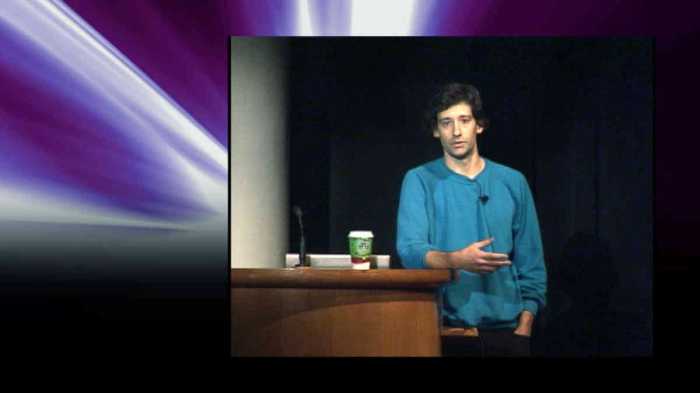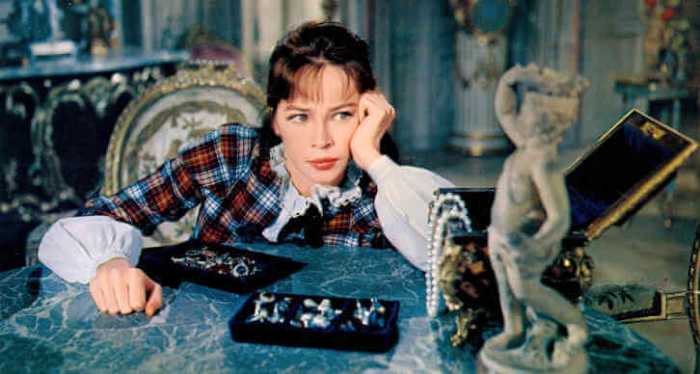Chinatown Fair, where arcade games used to welcome a crush of youth, in Kurt Vincent’s “The Lost Arcade.” | 26 ARIES
The appeal of Kurt Vincent’s documentary “The Lost Arcade,” a eulogy for Manhattan’s video arcade Chinatown Fair, might seem limited to gamers and people who grew up in the ‘80s. However, Vincent manages to speak to the ways New York has changed thanks to gentrification — and not for the better.
As critic David Jenkins suggested, analog culture has been rudely shoved out of the streets; one can see this from the closures of Kim’s Video, St. Mark’s Books, and Other Music. It still hangs on in Brooklyn, where one hopes the colossal record and book store Rough Trade can stay afloat in Williamsburg and independent book stores can cope with increasing rents.
We live in a culture where the options for buying books, DVDs, or music are downloading or ordering them from iTunes and Amazon most of the time. The Internet was supposed to expand our cultural options, not narrow them. “The Lost Arcade” offers a history of how gaming went from a social activity that took place in dodgy neighborhoods like ‘80s Times Square to an asocial home endeavor, played out on Nintendo or Sega machines.
Kurt Vincent’s doc on shuttered video arcade charts decline of communal life in Manhattan
The film is a narrative documentary that starts by introducing us to a few of the people who played an important role in Chinatown Fair’s history. First and foremost is Pakistani-American owner Sam Palmer. There are also a number of kids, now approaching middle age, who discovered the place in the ‘80s and made it their home. One of them was literally homeless, having been rejected by a foster family, when he discovered the Times Square arcade Playland; its main attraction for him was the fact that he could find stray quarters underneath the machines, but he soon got hooked on video games themselves.
Many Chinatown Fair devotees became employees, including Henry Cen. However, rising rents and the move to home gaming — which led to a decline in the release of arcade-only games — decimated Chinatown Fair’s ability to stay in business. Fortunately, some of its more creative fans came up with ways to keep social gaming afloat.
Despite its location, Chinatown Fair didn’t cater solely to Chinese-American youth. In fact, it attracted a remarkably diverse crowd. I was waiting for a Wu-Tang Clan reference, and my patience was rewarded; Wu-Tang member Ol’ Dirty Bastard shot his video “Brooklyn Zoo” in Chinatown Fair. The arcade popped up in the media a few other times as well; its infamous tic-tac-toe playing chicken appeared on David Letterman’s talk show. Yet I sense that Chinatown Fair’s hardcore following didn’t care about these pop culture shout-outs.
Kurt Vincent’s style combines talking-heads and man-on-the-street interviews. He talks to his subjects on a variety of subjects, ranging from Palmer’s upscale suburban home to the street outside Chinatown Fair. Rather than narrating it himself, he lets his subjects tell the narrative of Chinatown Fair’s rise and fall. The film uses a deliberately cheesy synth-pop score that evokes the ‘80s heyday of games like “Pac-Man” and “Defender.”
It’s easy to feel despair about the prospects for culture in Manhattan these days. The borough’s streets are littered with empty storefronts. The Ninth Street space previously occupied by St. Mark’s Books never found a commercial tenant; it currently houses an art gallery run by Cooper Union, which own the space. When St. Mark’s Books moved to Third Street, it was hobbled by the fact that the size of its new store was much smaller; consequently, its stock consisted of new releases and a few perennially popular authors. It seemed that begging for money on Kickstarter, rather than selling books, was its main source of income in its final days.
Still, “The Lost Arcade” is surprisingly optimistic. A magazine editor relates a story about traveling to Barbados and seeing a tiny storefront where poor children played Nintendo and Sega games intended for the home. Perhaps inspired by this story, Cen opens up an arcade called Next Level offering a similar experience in Brooklyn. I won’t spoil the film’s narrative beyond that point, but it has further twists to offer. Even if you don’t give a damn about video games and can’t tell the difference between “Dance Dance Revolution” and “Mortal Kombat,” “The Lost Arcade” has something to say to every New Yorker who cares about street-level culture and communal spaces in our city.
To top the film’s release off, the Metrograph is offering a week-long program of video game-inspired films. You can watch “War Games,” in which a teenage Matthew Broderick almost hacks his way into starting World War III, and emerge into a world where every 12-year-old has a cell phone with Internet access. Without an ounce of technophobia, “The Lost Arcade” says something about what’s gone wrong during the intervening years.
THE LOST ARCADE | Directed by Kurt Vincent | 26 Aries | Opens Aug. 12 | Metrograph, 7 Ludlow St., btwn. Canal & Hester Sts. | metrograph.com



































